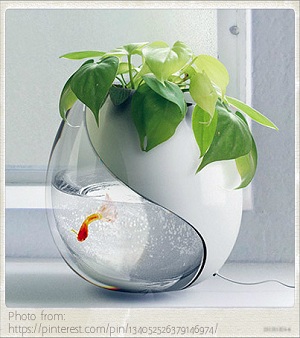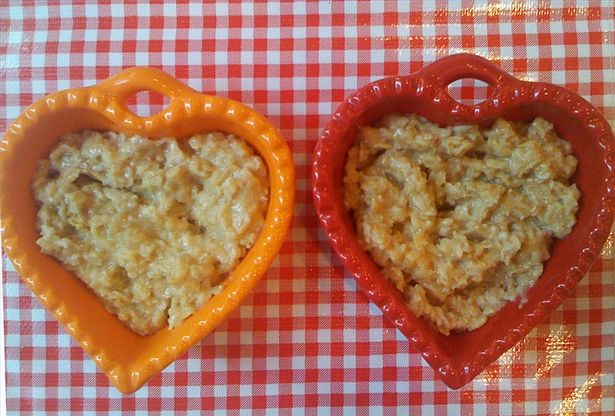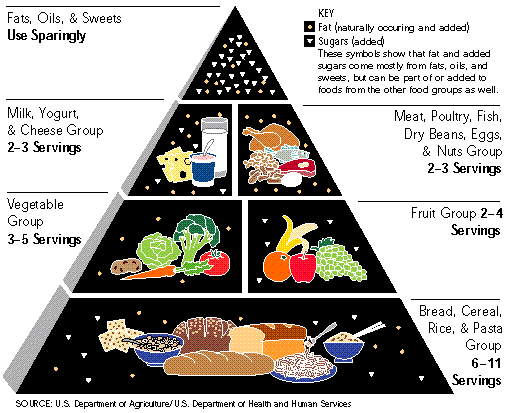Korea has much in common with China and Japan in terms of dining style due to frequent cultural and historical exchanges. But over time, Korea has developed its own unique cuisines.
Korea was once a primarily agricultural nation, and boiled rice has become Koreans’ stable food. Stable food and side dishes are clearly distinguished in Korean table settings. A traditional Korean meal consists of a bowl of rice and side dishes. Koreans use a wide arrange of ingredients such as meat, fish, vegetables and seafood with unique seasonings. As there are many ways to cook these ingredients, Koreans have developed diverse kinds of cuisines.
Boiled Rice, Staple of the Korean Diet
Bap, or boiled rice, is the staple of Korean cuisine. Barley, millet, beans, and red beans are sometimes mixed with rice for special taste and nutritional value. Vegetables, seafood, and kimchi are also added to rice when cooking for a better taste. One of the most famous rice dishes is bibimbap, boiled rice mixed with seasoned vegetables and meat.
Juk, or porridge, is grains boiled over time with a lot of water. Many varieties of juk exist, such as juk made of pine nuts, abalones, sesame, walnuts, and mung beans. Mieum is a thin porridge and Eungi is a thin starch porridge.
Naengmyeon (buckwheat noodles in a cold broth), manduguk (dumpling soup), tteokguk (rice cake soup) are cuisines enjoyed in everyday life and on special occasions. These dished are also often enjoyed for lunch.
Guk (soup), Tang (thick soup), Jjigae (stew)
A Korean table is never completed without soups such as guk, tang and jjigae which always accompany bowls of rice. They are made of a variety of ingredients such as beef, seafood, and vegetables, with seasonings such as salt, soy bean sauce, bean paste, and seafood fermented in salt. Soups that most frequently appear on Koreans’ tables include seaweed soup, bean paste soup, seolleongtang (beef and bone soup), yukgaejang (spicy beef soup). Jjigae, gamjeong, and jochi are similar to guk, but they are thicker in texture and stronger in taste. They are seasoned with bean paste, red pepper paste, and shrimp fermented in salt. Gamjeong refers to jjigae seasoned with red pepper paste. Jochi is the term for jjigae served during a royal meal. Casserole is a soup with seasoned meat and vegetables. It is boiled and cooked on the spot and shared by many people.
Pickled and Dried Foods for Long Storage
Jangajji is vegetables pickled in soy sauce, red pepper paste or soybean paste. They are stored for a long time and used as a side dish in winter times when vegetables are hard to get. Jeotgal and sikhae are also a type of stored foods. They include seafood fermented in salt.
Another type of stored food includes twigak (deep-fried seaweed or leaves and stems of various vegetables), bugak(deep-fried vegetables coated with starch), and po (beef or fish jerky). Yukpo, one of the most popular types of jerky, is thin slices of beef marinated in soy sauce, then dried in the shade. It is often served as a dried snack with alcohol or prepared for a wedding ceremony.
Kimchi is Korea’s most representative fermented food and the most basic side dish in the Korean diet. As it is an indispensable part of any Korean meal, some people say they cannot have a meal without Kimchi. There are many different kinds of Kimchi depending on region and its ingredients. Kimchi comes in various colors and tastes according to its ingredients, and types of jeotgal, or fermented seafood, used to make it. There is also a water kimchi with its refreshing and tangy juice.
Hoe (raw fish or meat), Ssam (vegetable leaf wraps), Muk (jelly) � Cuisines Unique to Korea
Hoe is raw meat, fish, or vegetables served with dipping sauces such as red chili pepper paste with vinegar and sugar, soy sauce with vinegar and sugar, mustard, and salt with sesame oil. Sukhoe is similar to hoe, but it uses parboiled ingredients. Some of the popular ingredients for sukhoe include parboiled parsley, small green onions, and fatsia shoots.
Ssam, vegetable leaf wraps, is an unique eating style of the Korean diet which is loved by many Koreans. Ssam is spoonfuls of rice wrapped in wide leafs such as lettuce, Chinese cabbage, sesame leafs, fresh seaweed and dried laver with soybean paste.
Also unique to Korean food is jokpyeon, pressed ox feet, and muk, firm jelly made of acorn, mung bean, or buckwheat starch
Tteok (traditional rice cake), and Hangwa (traditional sweets and cookies) for Festive and Seasonal Occasions and Ancestral Memorial Services
Koreans always prepare for tteok and hangwa for festive occasions and a variety of special occasions. They are usually enjoyed as desserts these days. There are wide varieties of tteok based on how to make it. Sirutteok is rice power mixed with other ingredients and steamed in a siru, an earthenware steamer. Jeolpyeon and injeolmi is made by steaming glutinous rice and pounding it to make a firm and sticky dough. Bukkumi and hwajeon is kneaded glutinous rice dough shaped into small circles and pan-fried. Jeungpyeon is a steamed rice cake made with white rice flour and rice wine. It is also called as Sultteok, or rice wine cake. Yaksik, also called as yakban and yakbap, is steamed sticky rice made with chestnuts, jujubes (Korean dates), honey, pine nuts and cinnamon.
Hangwa is traditional Korean sweets and cookies. It is rice or wheat flour dough mixed with honey, yeot (sticky rice sugar), and sugar and then deep-fried. It is also made by simmering fruits and plants’ roots in honey syrup until they are glazed. It is also called as jogwa, which means cookies made of natural produce by adding artificial flavor. There is a wide variety of hangwa, such as yakgwa (deep-fried honey cookies), sanja (deep-fried sweet rice cookies), ganjeong (deep-fried sweet rice puffs), yyeotgangjeong (malt toffees), dasik (traditional pressed sweets), and jeonggwa (candied fruits and roots).

 Starting Up An Aquaponics Set Up From See The Easy Way
Planting seeds in your aquaponics system can be a lot simpl
Starting Up An Aquaponics Set Up From See The Easy Way
Planting seeds in your aquaponics system can be a lot simpl
 The Simplest Way To Lessen Your High Cholesterol By Natural Means
High-cholesterol is a major variable inside the countrywide
The Simplest Way To Lessen Your High Cholesterol By Natural Means
High-cholesterol is a major variable inside the countrywide
 Introduction To Of Some Lower Cholesterol Foodstuffs
Cholesterol is a fat-like element contained in the physique
Introduction To Of Some Lower Cholesterol Foodstuffs
Cholesterol is a fat-like element contained in the physique